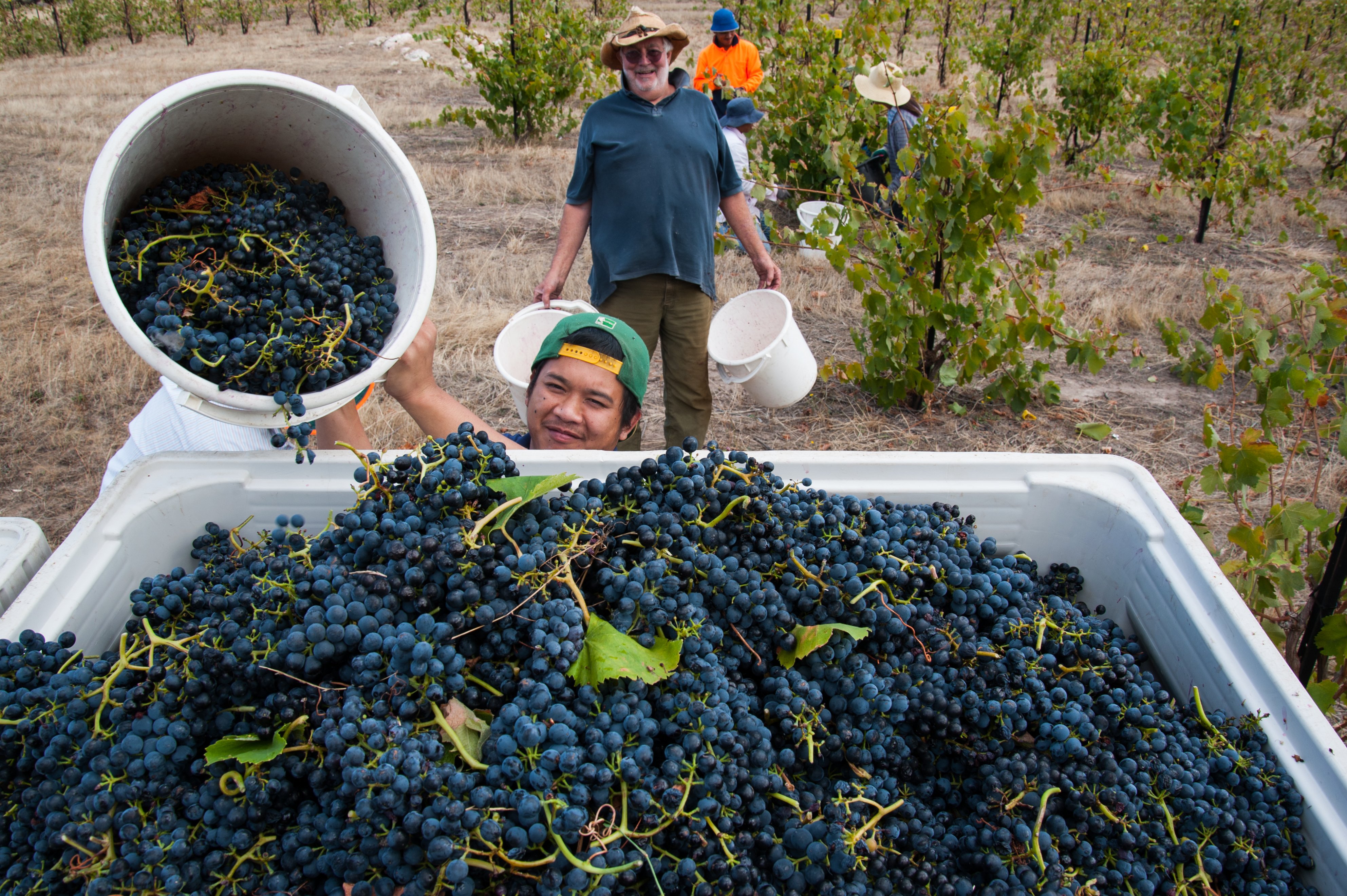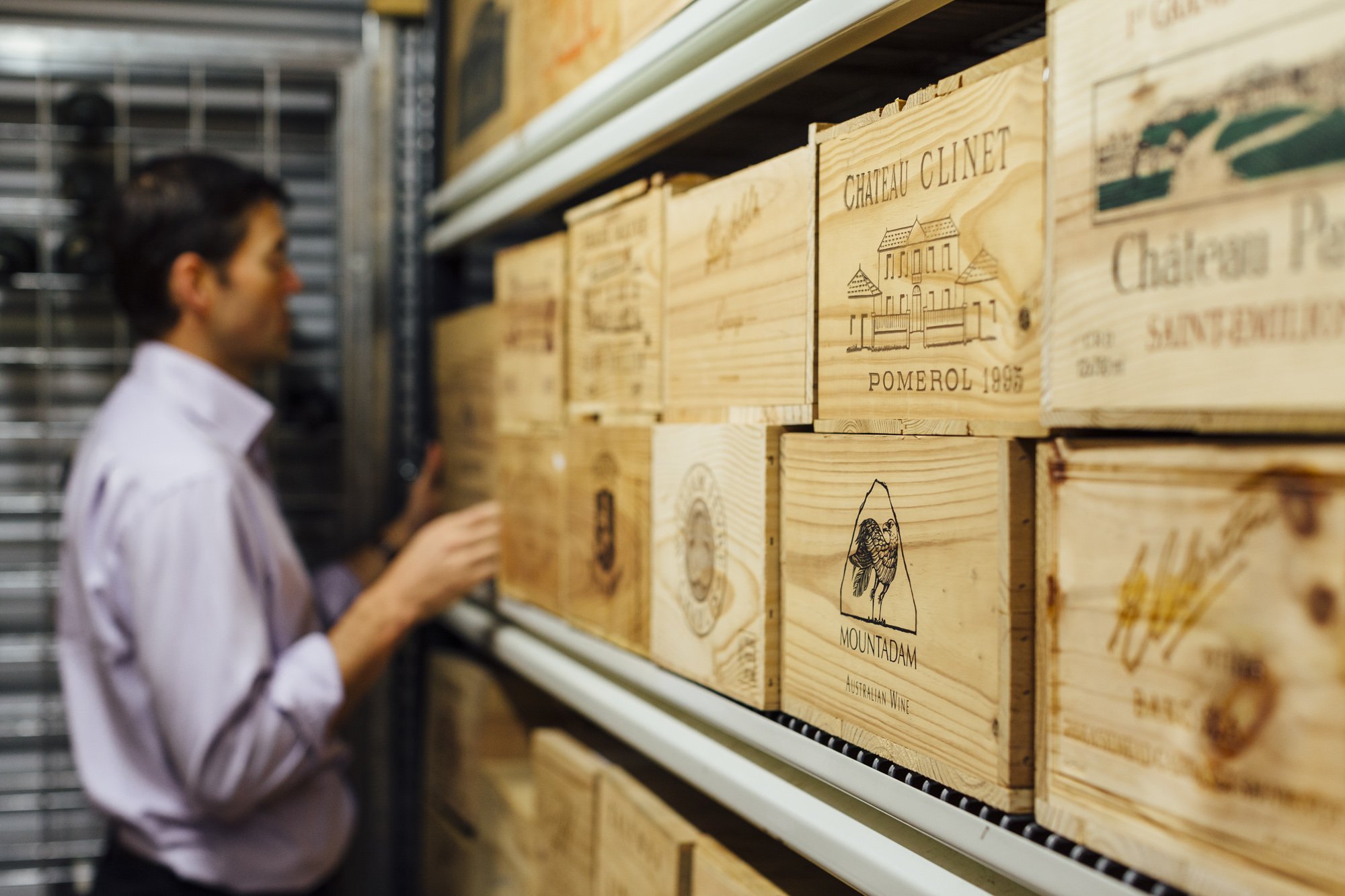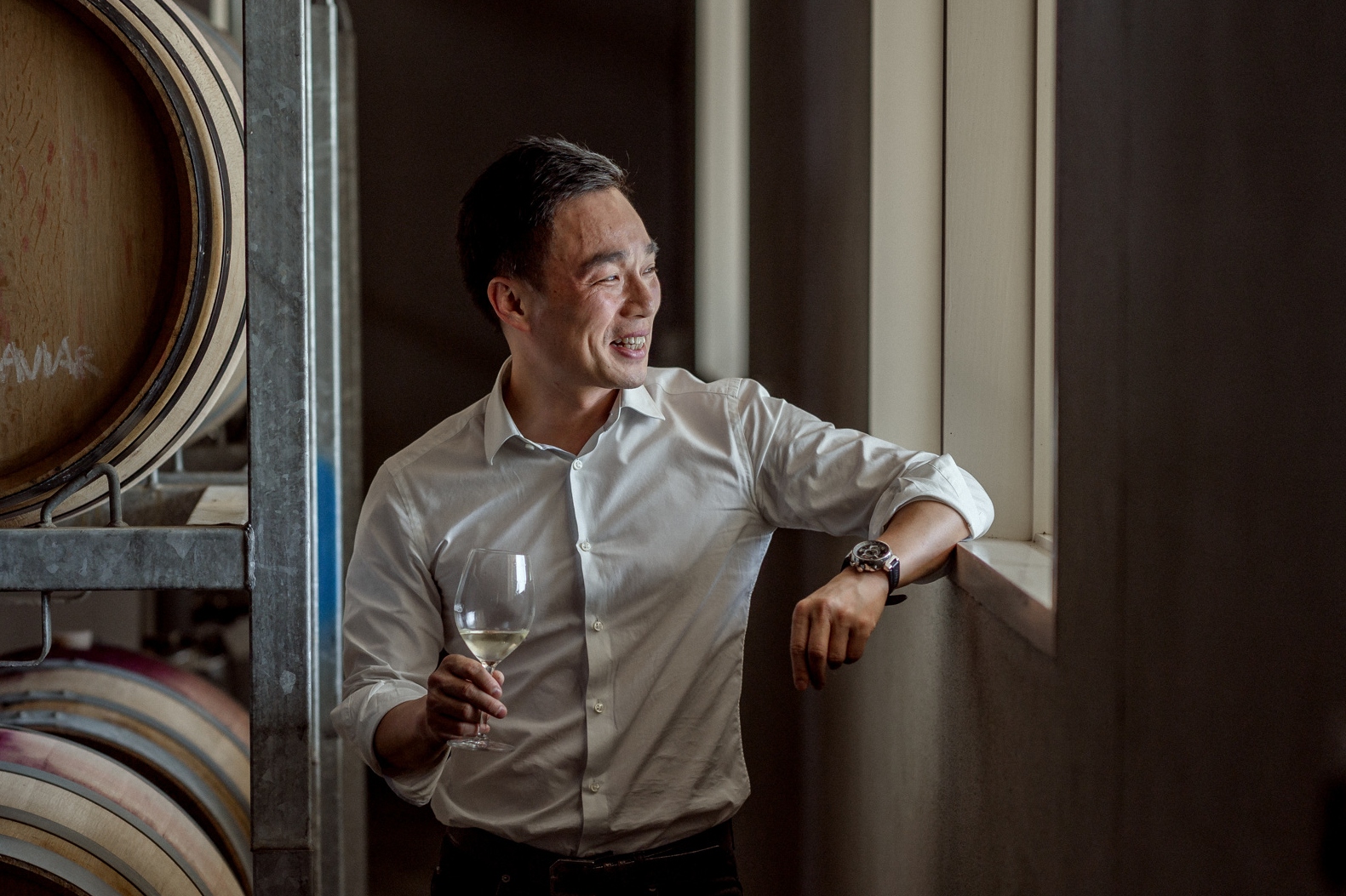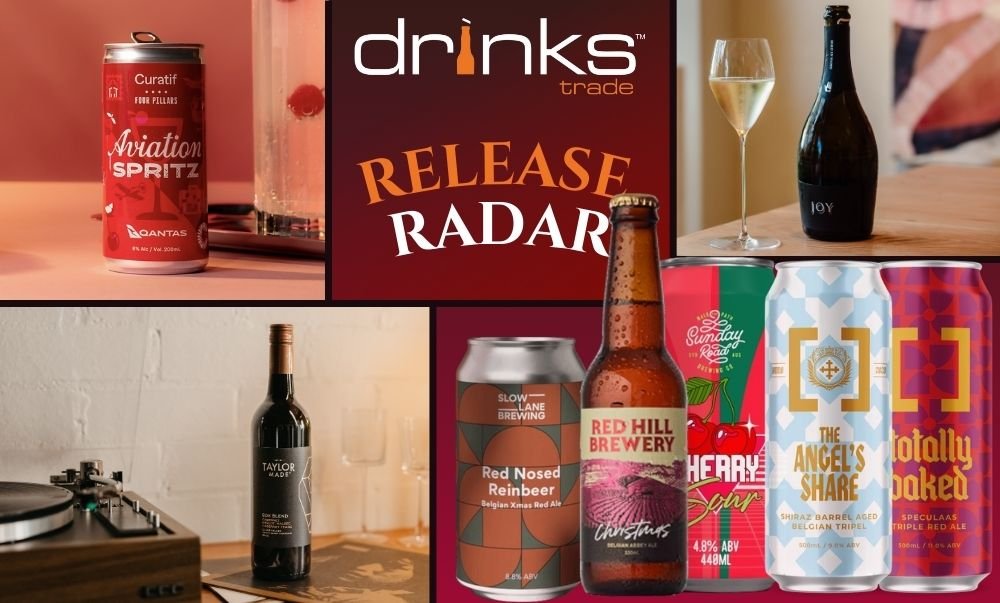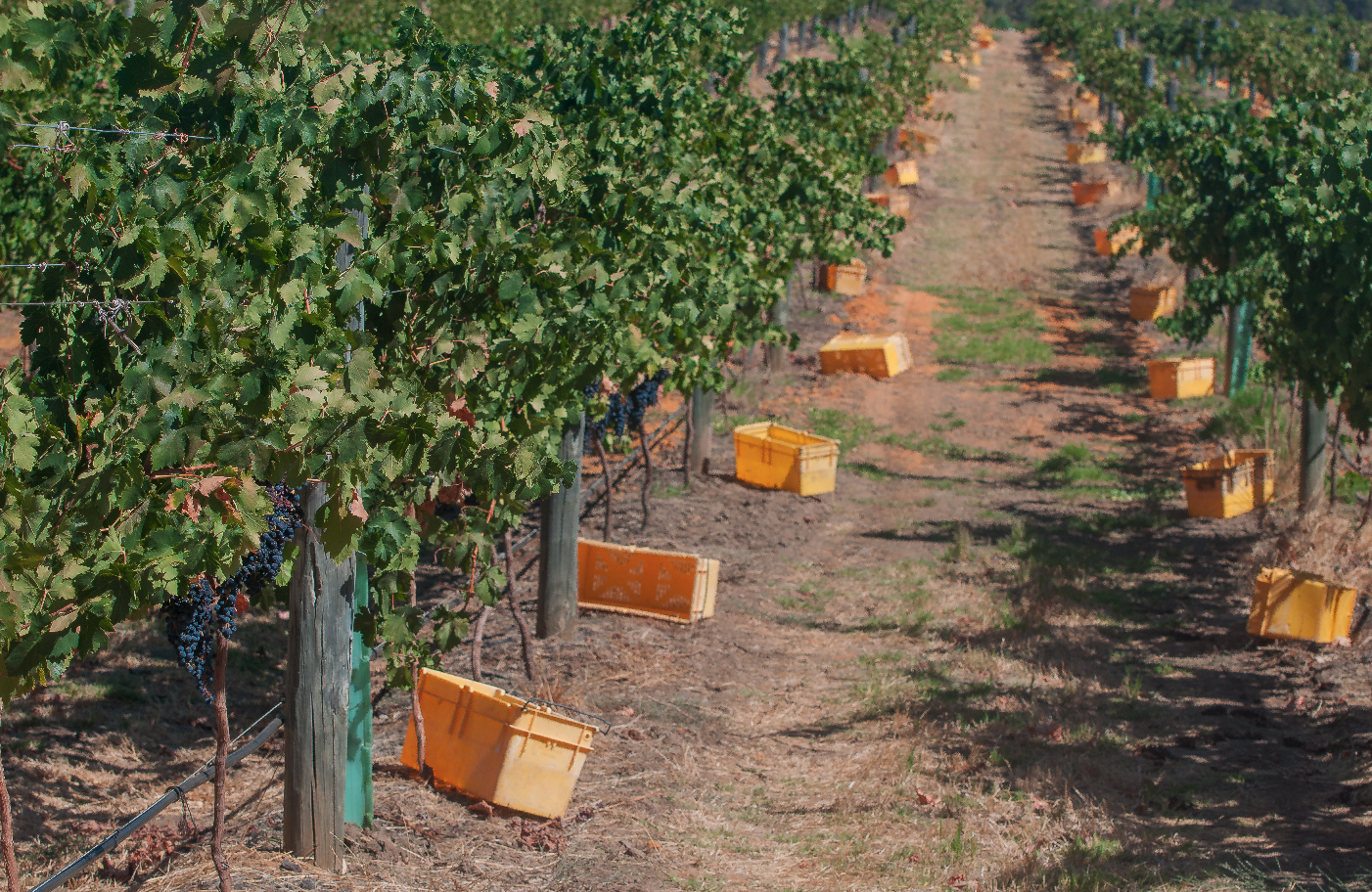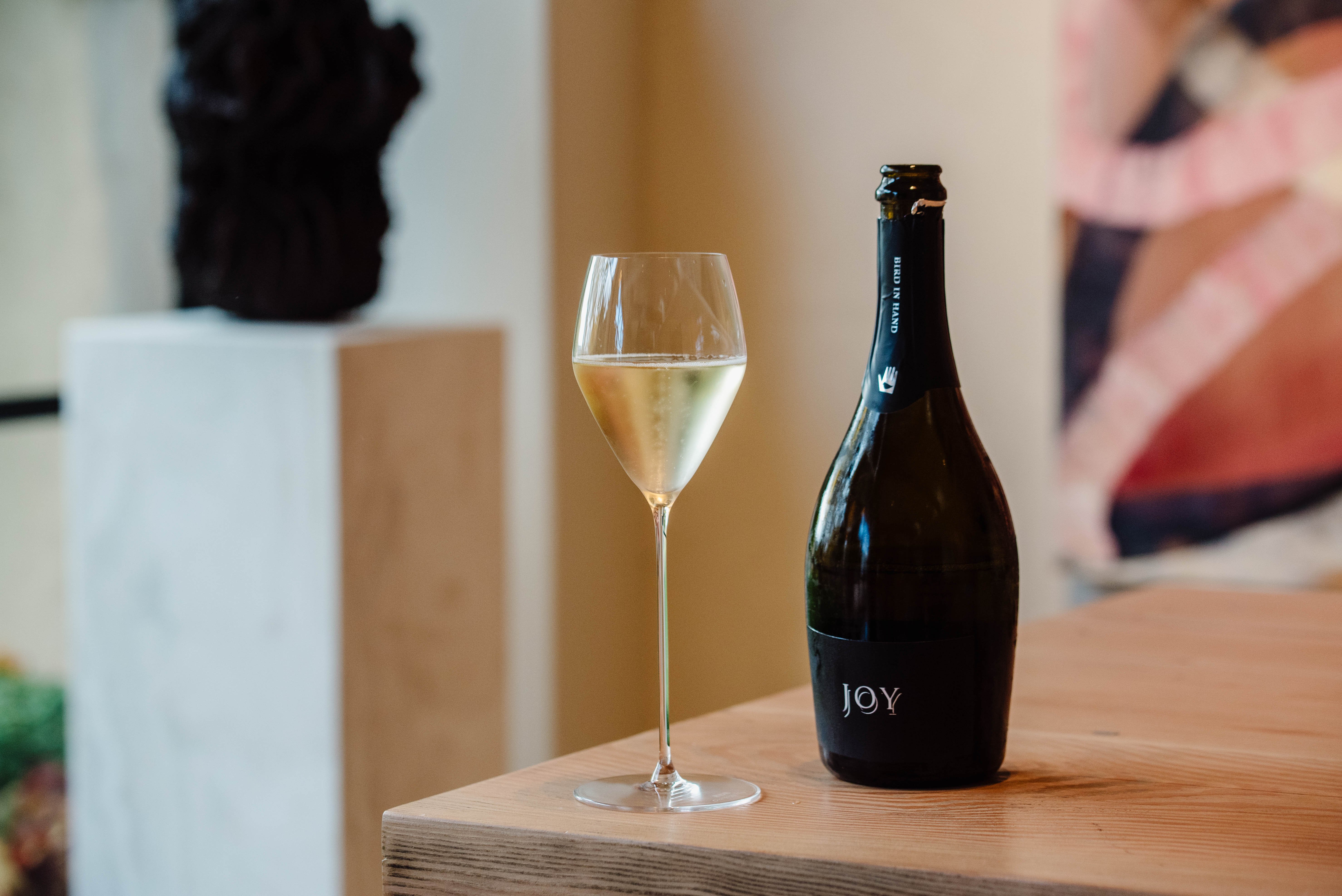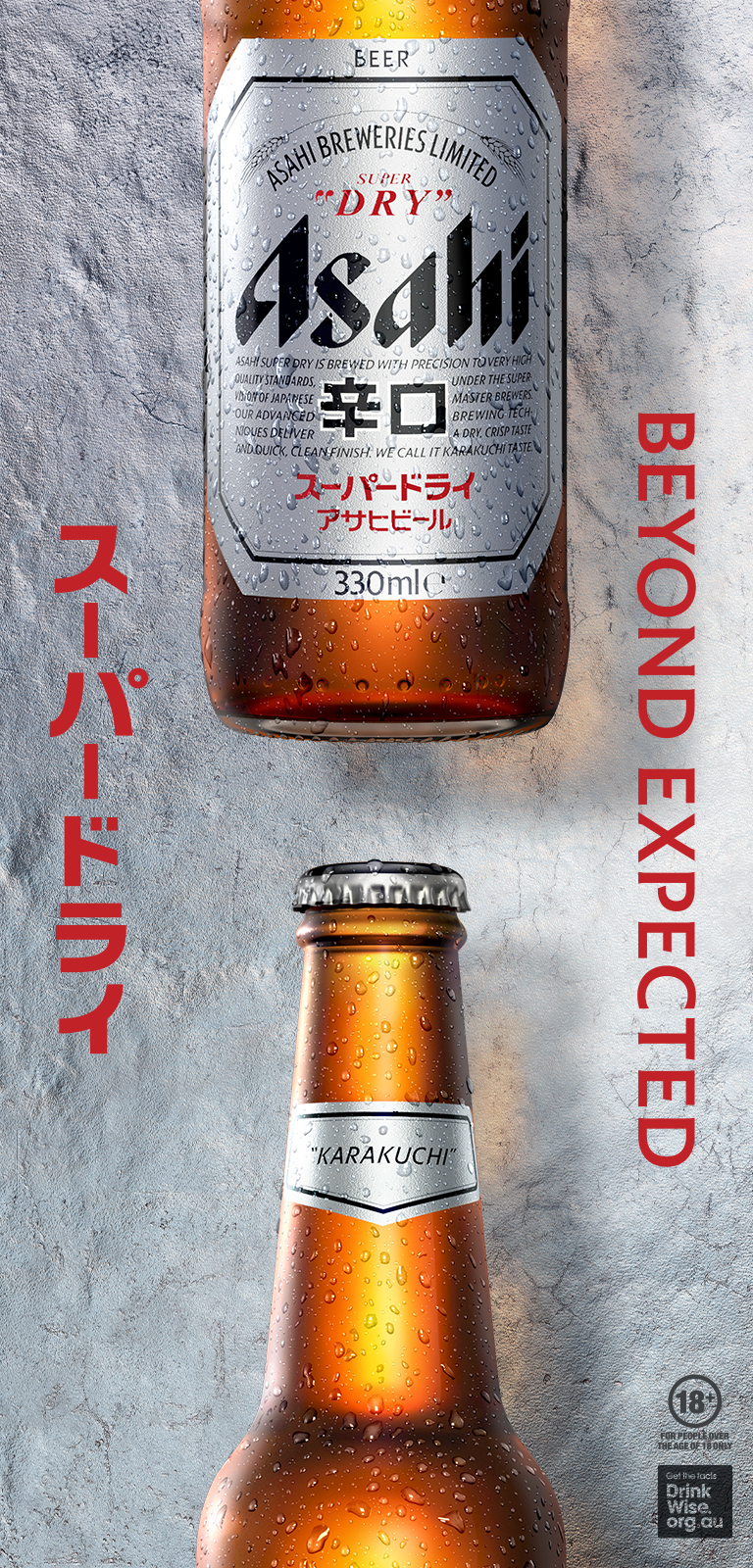According to recently published data, the alternative wines sector - including natural, organic, sustainable, and Fairtrade subcategories - continues to offer opportunity for growth in some markets, bucking now well-established recessive global wine trends.
This includes notable domestic growth within Australia, especially in relation to organic wines. IWSR analysis demonstrates the Australian market to be one of the two that experienced the biggest growth over recent years, albeit off a small base.
“This is driven by an increase in awareness and consideration of the category,” said Richard Halstead, IWSR’s Chief Operating Officer - Consumer Research.
The growth of Australia's organic wine market sector is being directly supported by domestic growth in sustainability, as reflected in Sustainable Winegrowing Australia’s recently published 2023 Impact Report. This includes 10.2 times more wineries and 8.2 times more vineyards becoming certified through Sustainable Winegrowing Australia since 2020, with a total of 96.1 million bottles of sustainably certified wine being produced last year.
Interestingly, the growth of alternative wine in Australia is only partly connected to climate concerns.
“Younger age cohorts, the most engaged buyers of alternative wines, show stronger positive associations for organic and natural wine, especially in the UK, US and Australia,” said Halstead.
“On the other hand, fewer Boomers – the age group engaged the least with alternative wines – associate them with high quality.”
According to Halstead, the trend away from sustainability-cues to quality-cues has been intensified by the current economic climate: “Alternative wines, in a pessimistic wine landscape and under growing economic pressure, continue to offer opportunities for growth… While sustainability and climate concerns remain factors driving purchase for these categories, the alternative wine audience is now more focused on quality and suitability for their personal needs. Combining this factor with the growing trend for purchasing less but better, spending on alternative wines is easier for consumers to justify.”
Interestingly, despite IWSR noting a decreased importance of sustainability as a factor for the growth of organic wines within Australia, Sustainable Winegrowing Australia has seen a notable increase in the use of its back label Trust Mark reference tool. The Trust Mark can only be used on wine labels and other packaging materials if the wine is produced by a Sustainable Winegrowing Australia certified member winery made from at least 85% grapes sourced from certified vineyards.
According to Head of Sustainability at Hill Smith Family Estates Louisa Rose, “Sustainable Winegrowing Australia certification has given us an advantage in both domestic and international markets. We are seeing more and more buyers seeking sustainable credentials when considering wines for new listings and tenders.
Rose believes that Sustainable Winegrowing Australia’s growth since 2020 is likely to continue.
“While each market or customer is at a different part of the journey, many are moving rapidly in the direction of sustainable certification being a prerequisite to trade - it is easy to imagine a time when being certified sustainable is the norm for all customers, and that won’t be far away,” she said.
More information is available in this recent Drinks Trade article.
Share the content
